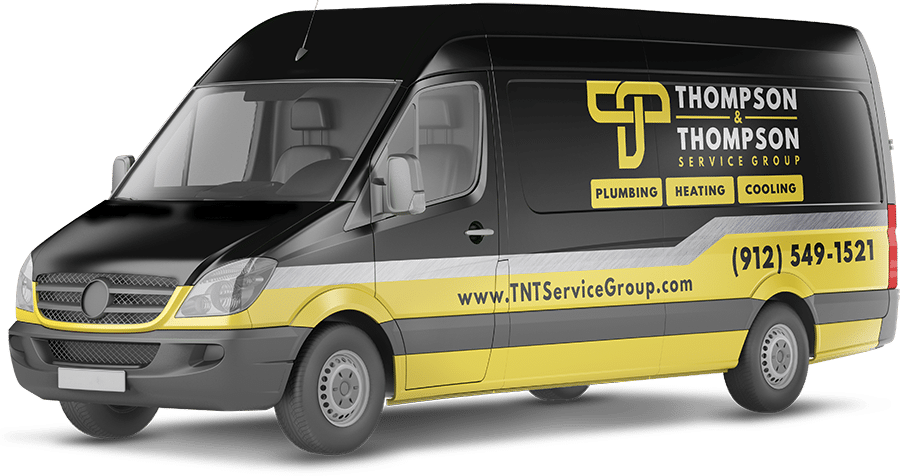It happens to the best of us… you want a shower, but after a few minutes, the water goes cold. Or, you go to wash your hands, but there isn’t enough water pressure. You turn on the hot water, but there is none at all. Now, what should you do? Before you call a Savannah plumbing professional, let’s look at how a water heater works as well as some of the problems that can afflict even the best brands of water heaters.
How Does A Water Heater Work?
All the water entering your house is under pressure, usually created by gravity. Pressure increases according to the difference between the water’s starting point and your home. It’s the reason why water is stored in towers or on hills. As gravity pulls it down, the pipes in the municipal water system and in your house redirect it to where it’s needed. In flatter areas, pumping stations are used to increase pressure to an effective level.
You might also be interested in reading: Hot water heater troubleshooting
Electric
The water heater most used in the United States is the tank water heater. Water is heated to the desired temperature and stored in the tank until it’s needed at a plumbing fixture like a clothes washing machine or shower. The electric water heater has a thermostat, a temperature relief valve, a pressure relief valve, a drain valve, insulation, and an anode rod.
hot water heater
It works by bringing cold water in through the dip tube which runs into the top of the heater tank and extends to the bottom where the cold water emergency. The water in the tank is then heated by contact with an electrical element. The warmer water then rises to the top of the tank, ready to be released throughout the house via a heat-out tube.
Gas
A gas water heater works a little differently. Cold water comes in through the same dip tube. The gas burner heats air that rises up through a central flue that comes out of the top of the tank and vents outside the house. Contact with this hot metal “chimney” causes the warmer water to rise to the top of the tank then, under pressure, throughout the house from the same heat-out tube.
Tankless hot water heater
A tankless water heater is a box with gas or electrically heated coils that directly heat cold water as it moves through the enclosure. When the water is turned on, cold water travels over the coils, becoming hot. They can be placed near any hot water-requiring fixtures like washing machines with a power supply.
Tankless water heaters deliver hot water at two to five gallons per minute. While they reduce the amount of energy needed to keep many gallons of water hot and ready to use, you need more than one unit if you want a reasonable amount of hot water at a given fixture. While there are single whole-house units, a distributed point-of-use system can also work in certain applications.
What Kind Of Problems Occur With Water Heaters?
Read more about the small but mighty tankless water heater
No Hot Water
Check the breaker box for a tripped circuit first. If that isn’t the problem, then look at the heating element. On gas water heaters, check for an extinguished pilot light and follow the owner’s manual or directions on the side of the tank to relight it. If it’s a broken heating element it may be easily repairable by a professional plumber.
Not Enough Hot Water
Not having enough hot water could be due to changes in indoor temperature. Look at the thermostat on the side of the tank and adjust the temperature accordingly to see if a few degrees makes the difference. A faulty thermostat or compromised tank insulation could also be the reason your showers are lukewarm.
Low Water Pressure
Rust and sediment inside pipes and the water heater are usually the culprits. Cleaning a tank can alleviate pressure problems, but make sure that aren’t also pockets of sediment in your other plumbing.
Funny Noises
These are generally due to sediment and rust in the tank or the heating elements. There could also be a leak, an overage of pressure, or just the normal expansion of pipes. It’s usually harmless, but you should have it checked to prevent serious problems.
Yearly maintenance will prevent some water heater problems:
- Flush the hot water tank every one to three years to prevent sediment build-up. Your water heater is equipped with a spigot that allows you to drain and flush the sediment either outside or into a bucket.
- Set the temperature (found on the side of the tank) at an EPA-recommended 120 degrees. That temperature isn’t likely to scald you and it prevents bacteria from enjoying a nice place to multiply.
- Change the anode rod. They are meant to sacrificially corrode so that the rest of the tank does not, and need to be replaced once they get worn out. Timing on this varies with water chemistry and other factors, so it might be worth it to check every 12-18 months.
- Test the pressure relief valve. Careful with this one- it’s recommended that you turn off your water heater and let it cool for a while, otherwise the hot water that is supposed to rush out of the pressure relief pipe can be a problem. If water doesn’t rush out when you lift the lever, there’s another problem to look into!
We hope you found this article helpful.
If you enjoyed this article, please take the time to share it on any of these Social Media networks. Thank you!





